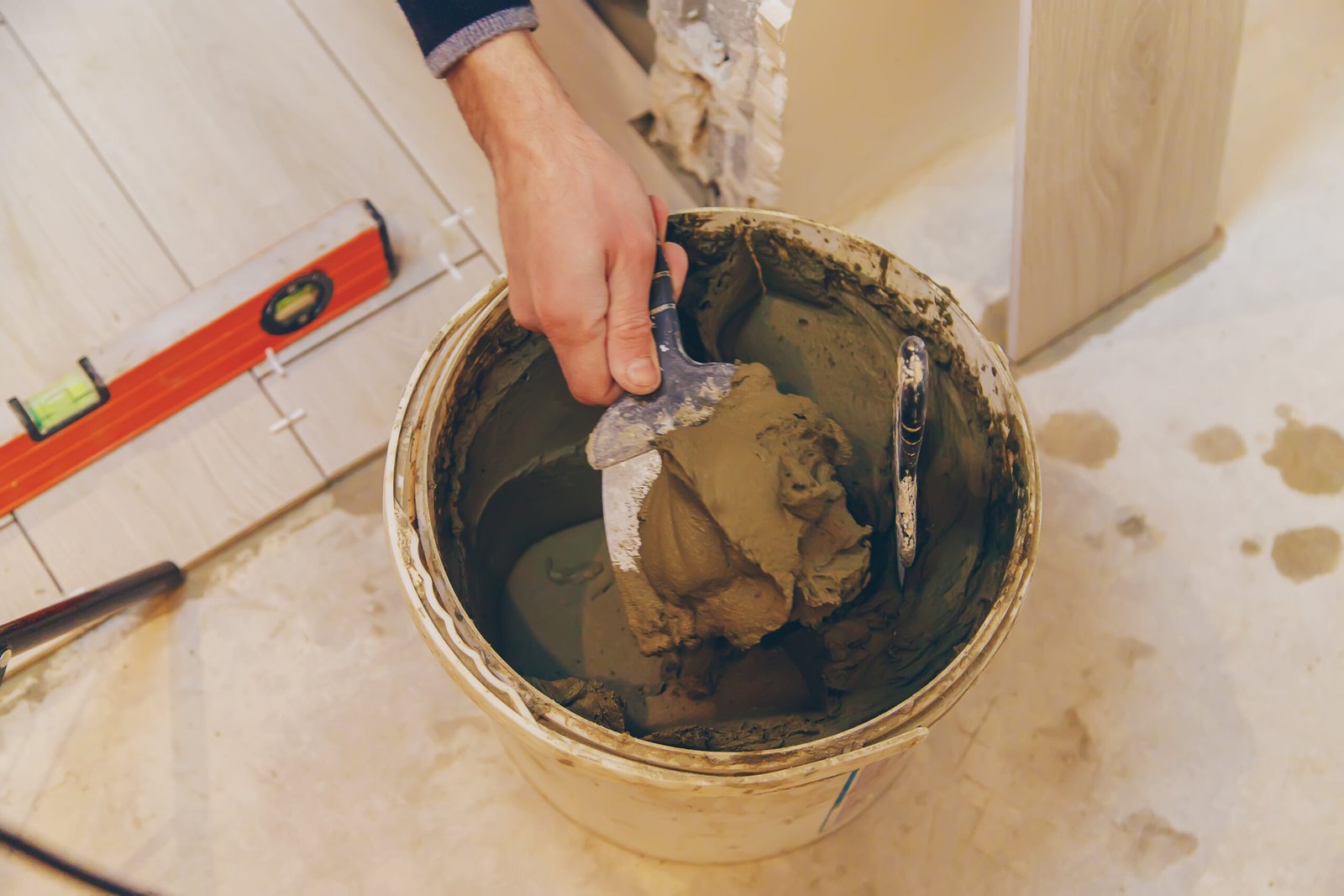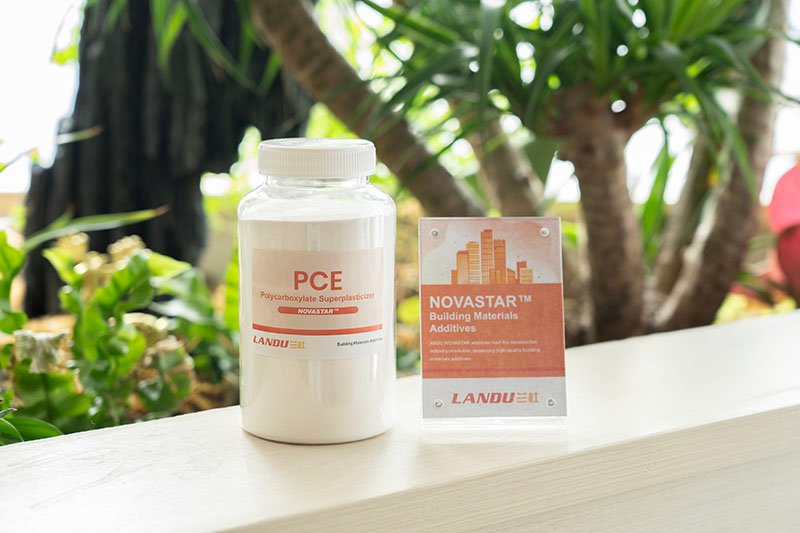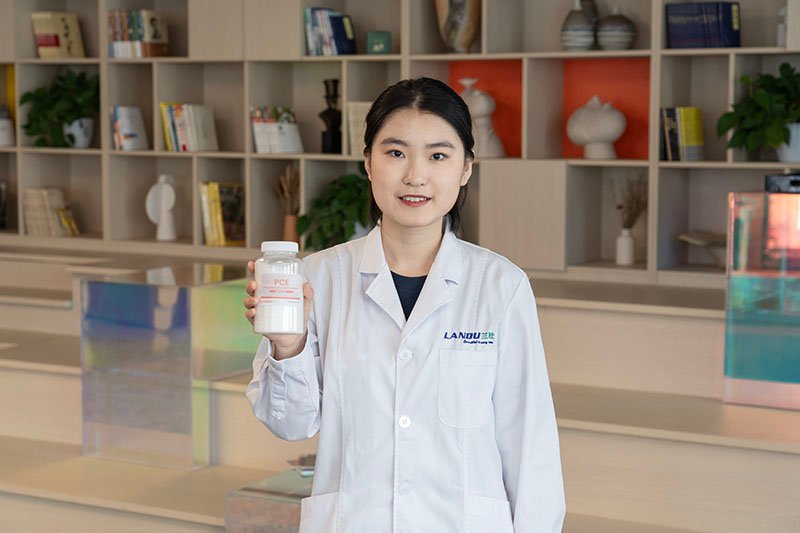In contemporary construction, chemical admixtures play a crucial role in enhancing concrete quality, efficiency, and durability. Among these, plasticizers and superplasticizers are two of the most influential types. While both boost workability and lower water demand, their effects and scope of use differ markedly.
In this piece, Landu outlines the five principal distinctions between plasticizers and superplasticizers, helping engineers, contractors, and material specialists select the right option for each project.

Understanding the Basics: What Makes Concrete Work
Concrete combines cement, water, and aggregates such as sand or gravel. Its strength and longevity are largely governed by the water-to-cement ratio; too much water weakens the mix, while too little makes it difficult to handle. That's where chemical additives come in. They modify concrete behavior to meet specific construction needs—from easier placement to enhanced long-term performance.
Plasticizers – Improving Workability with Balance
What Are Plasticizers?
Plasticizers, also called conventional water reducers, are chemical agents that enhance concrete workability while lowering the water required to reach a given slump. They function by dispersing cement particles, reducing friction, and allowing the mix to flow more smoothly.
Key Benefits
They make concrete easier to place and compact.
Typically cut water demand by 5–10%, improving strength without sacrificing consistency.
Suitable for a range of cement types and everyday applications.
Common Uses
Plasticizers suit residential foundations, pavements, and general-purpose concrete where balanced workability and strength are priorities.
Superplasticizers – High Performance for Modern Construction
What Are Superplasticizers?
Superplasticizers, or high-range water reducers, represent the next generation of admixtures. They can cut water demand by up to 30%, delivering exceptional flow and workability even at low water-cement ratios. This makes them essential for high-performance concrete (HPC) used in demanding applications.

Characteristics and Advantages
Common Types
PCE (Polycarboxylate Ether)
The latest generation, offering substantial water reduction, extended slump retention, and excellent compatibility.
SNF (Naphthalene Sulfonate)
Proven performance in precast and ready-mix applications.
SM (Melamine-Based)
Fast-strength development and solid early performance.
Choosing Between Plasticizer and Superplasticizer
Type of Project
General construction (foundations, slabs, driveways): plasticizers provide balanced performance.
High-performance structures (high-rises, tunnels, bridges): opt for superplasticizers to maximize strength and flow.
Environmental Conditions
In hot, dry, or windy climates, concrete can lose workability quickly. Superplasticizers help maintain slump and prevent premature stiffening, ensuring smooth placement.
Cost and Efficiency
Although superplasticizers carry a higher upfront cost, their benefits—reduced water, increased strength, and improved durability—make them more cost-effective for advanced or large-scale projects.
The Five Core Differences at a Glance
Secinājums
Both plasticizers and superplasticizers play integral roles in optimizing modern concrete. Plasticizers provide reliable performance for routine construction needs, while superplasticizers—especially PCE-based options like Landu's series—unlock enhanced strength, flow, and durability for sophisticated engineering challenges.
As construction technology evolves, Landu remains dedicated to delivering innovative, sustainable, and high-quality chemical additives that empower engineers to build stronger, longer-lasting, and more efficient structures worldwide.

